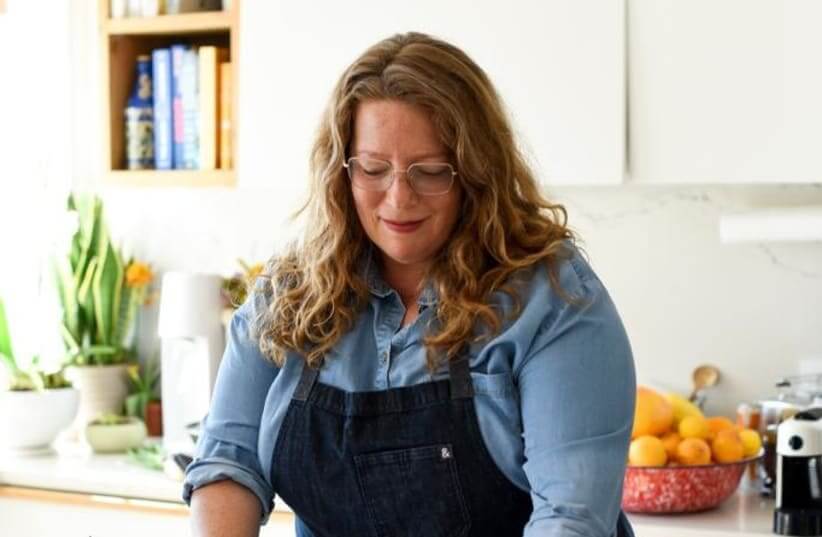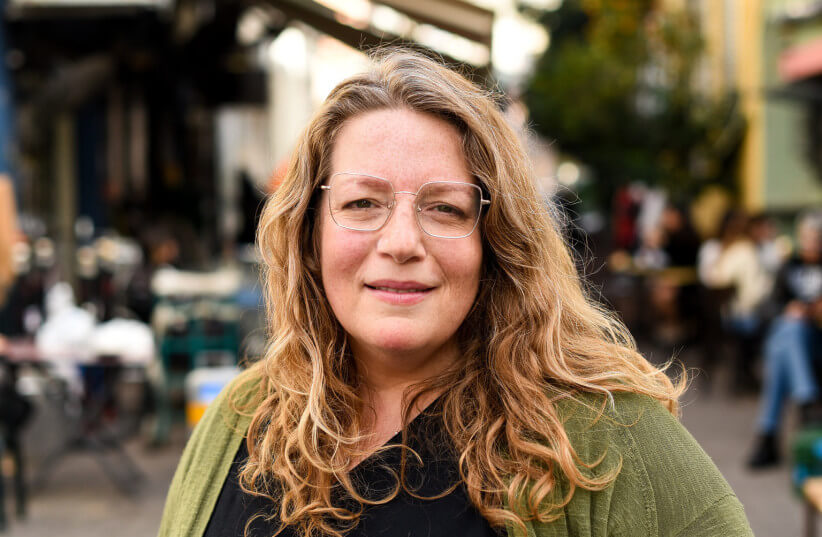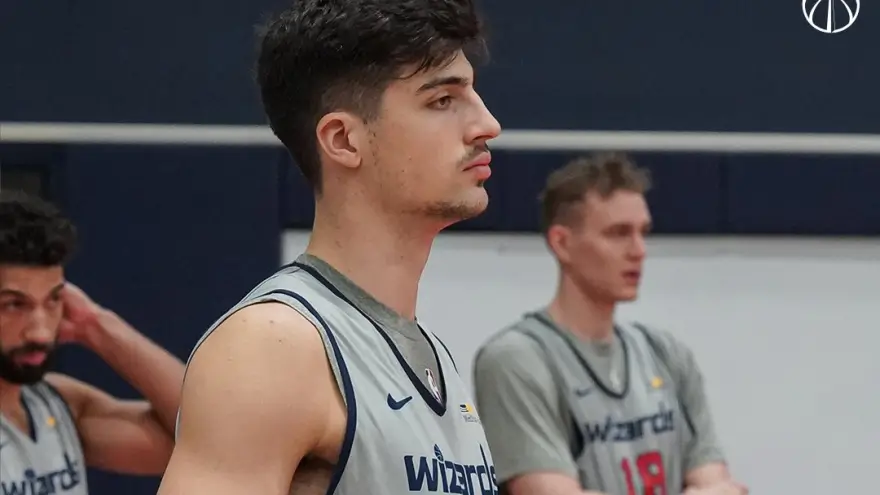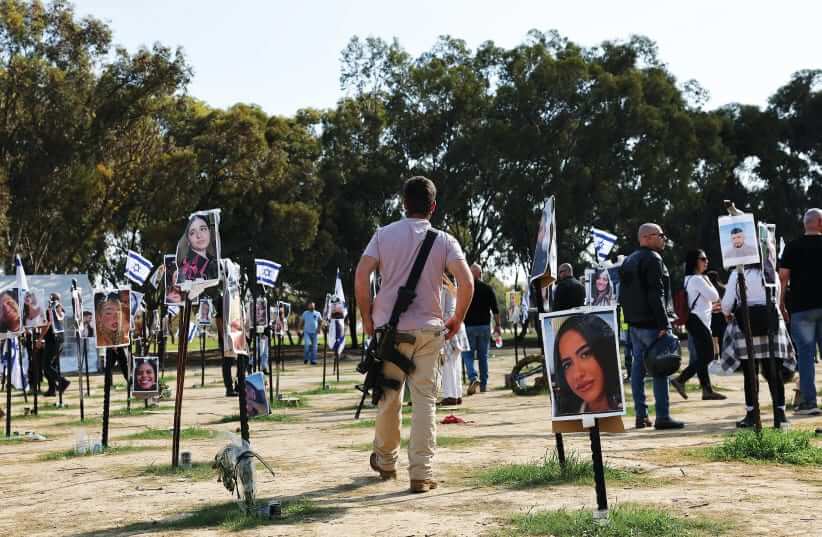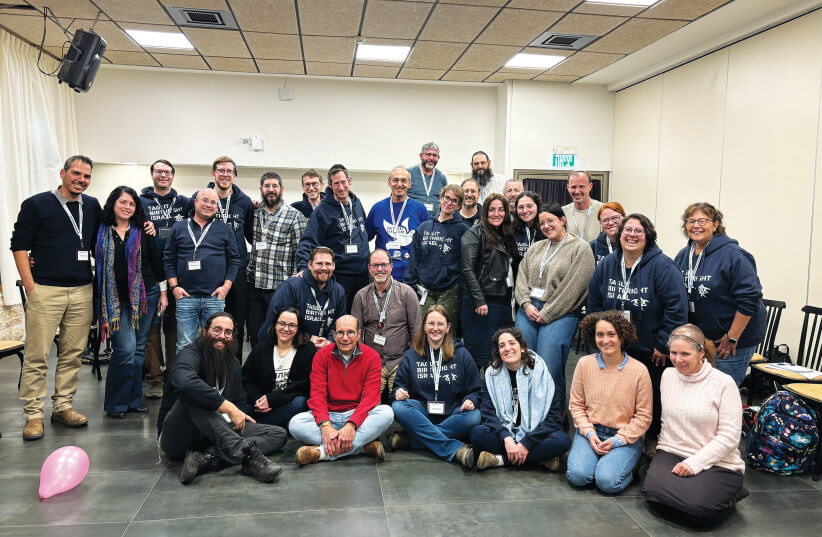The original article was published at Jpost.com
While there was some uncertainty several months ago as to whether Friday’s events would take place, Jerusalem Mayor Moshe Lion issued a statement strongly encouraging the event to proceed.
When Israel was attacked on October 7, and all of Israel subsequently joined the war effort, the participants of Tsad Kadima, a program with branches throughout Israel serving people with cerebral palsy, knew they needed to get involved.
“Since the war started, they saw people doing things for soldiers, for evacuees and for families of the hostages, explained Tsad Kadima CEO Guy Solomon. “They felt like they wanted to be part of the volunteer movement. They can’t join the army or raise funds, so they came up with some of their own ideas.”
Program participants started by making packages at home for soldiers – much like they had done during the COVID-19 pandemic when they gave out candies to medical staff at Hadassah hospital. And they movingly paid tribute to brewer Netta Epstein, 22, who was killed when he jumped on a grenade to save his fiancée at Kfar Aza on October 7. The participants at the Jerusalem branch of Tsad Kadima, who proudly run the Bira Kadima microbrewery, are using Epstein’s special beer recipe to honor his memory.
This week, Tsad Kadima – which hopes to soon break ground on a three-floor community center in the Talpiot neighborhood of Jerusalem – was participating in the 13th International Jerusalem Winner Marathon. The 10 Tsad Kadima participants planned to cover the course in wheelchairs, crutches and walkers.
“It will take us a while,” Solomon noted affectionately – but that is hardly the point. “For us, it is to raise awareness, and to run in memory of soldiers.”
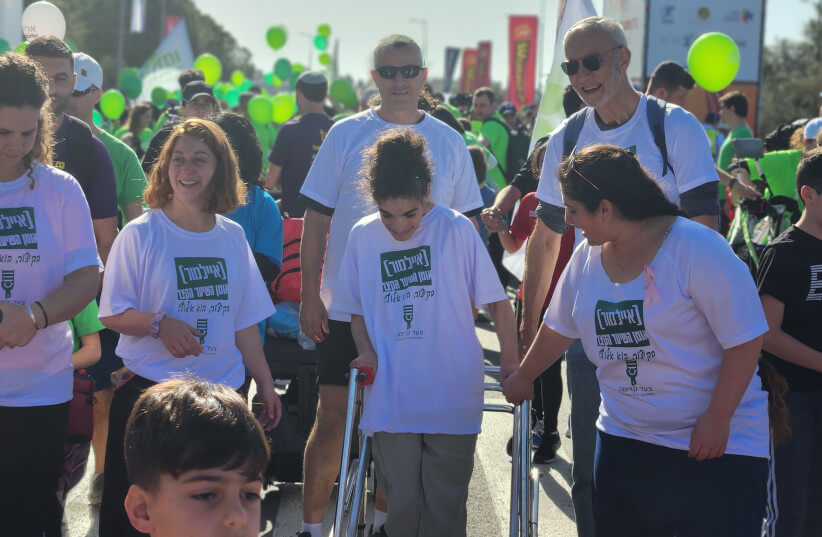
AMONG THE thousands of participants in Friday’s 13th annual Jerusalem Marathon were groups representing noteworthy charitable and care organizations such as Tsad Kadima. (credit: Courtesy)
A record showing
A record number of 5,000 participants were expected to run in Friday’s community race. A total of 30,000 runners were slated to participate in the event, which according to the Jerusalem Municipality was held this year as a tribute to the IDF, security forces and rescue teams. Registration to the marathon was offered free for IDF soldiers, security forces and rescue teams, including reservists who served or are currently serving. Spouses and children of reservists who served or are currently serving received a 50% discount on registration fees.
A large team of visually impaired runners who also have cognitive, developmental and/or physical disabilities – as well as staff members from the Keren Or Jerusalem Center for Blind Children with Multiple Disabilities – were also participating in the marathon to show support and solidarity for soldiers and to raise awareness about blindness and visual impairments.
Participants from Keren Or, which was founded in 1975 and has been part of Jerusalem’s Ramot neighborhood since 1991, are running for the second consecutive year.
According to Keren Or’s director, Shira Reifman, her organization participates simply “to be part of this amazing Jerusalem event – with all of Jerusalem and all of our families.”
She noted that very often, siblings of people with disabilities are left out of community events (geared for people with disabilities) due to the extra preparation and attention the disabled person needs.
“We felt that there should be a group to make participation of parents and siblings – as well as the person with a disability – possible.”
Reifman explained that people who are blind rely on other senses to experience the world, and the Jerusalem Marathon experience provides that.
“Our students love action and can sense movements. Many love fast movements and being at the heart of lots of activity. They love being part of a noisy, lebedik [lively, warm and enthusiastic] event!”
Coordinating a delegation of blind runners who will be participating in races at each distance requires attention to details.
“Some runners rely on music and other auditory signals to orient them on the route. One person is running using a donated wheelchair, and some require special foods, which we will have at our tent.”
For Reifman and her team, it is all worth it.
“It is important for us to be part of the community race alongside other families who participate in the community race.”
An additional benefit is helping raise awareness about Keren Or for the community.
“When we bring people with disabilities to the mainstream, people get to know their strengths and challenges. And they see that we are part of the community. People should see us and know what we do. That way, they will know where to turn.”
Training for the marathon has been another important part of the marathon experience. Reifman noted that it has provided an outlet and a distraction for many staff members who have spouses and children serving in Gaza. The staff members, along with Keren Or participants and volunteers from the Shalom Hartman Institute Hevruta Gap-Year Program, have been training for months for the races at each distance today.
While there was some uncertainty several months ago as to whether Friday’s events would take place, Jerusalem Mayor Moshe Lion issued a statement strongly encouraging the event to proceed.
“The strength of a society is measured by its ability to continue daily life in the face of challenges, alongside support for our dedicated soldiers fighting on the front lines. We all hope that peace, security, and tranquility will return to our beloved country quickly. Am Yisrael Chai, and we will not stop running.”

